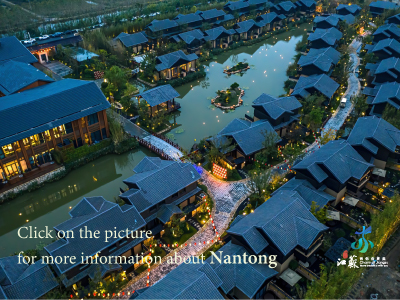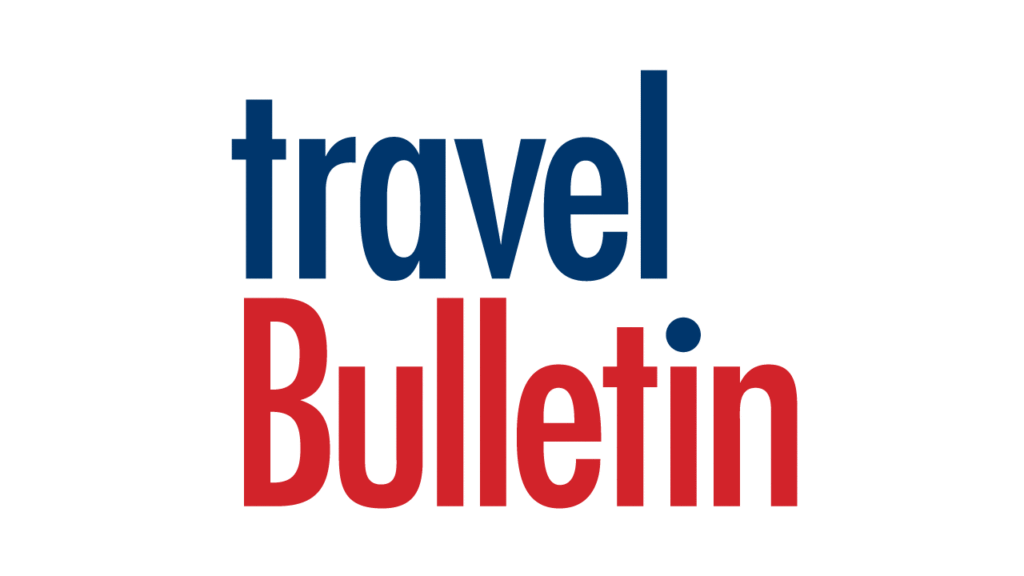By Jon Murrie
With a string of new luxury resorts opening and an expanding air network, Fiji’s tourism leaders are upbeat about the ambitious targets they’ve set for the years ahead.
The island nation is aiming to boost annual tourism revenue by more than a third to FJ$2.2 billion (about A$1.4 billion) by 2021, committing it to arrivals growth of at least 5% each year while at the same time lifting average visitor spend.
Barely a year ago the country was cleaning up after the most devastating cyclone to hit the region in recorded history. But today, there’s little sign of anything more than a blip in visitor stats and Tourism Fiji is pressing ahead with plans to expand its team and harness new markets.
“Last year was an excellent year,” said Tourism Fiji chief executive officer Matthew Stoeckel at the Fijian Tourism Expo last month, which attracted a record number of buyers and exhibitors.
“Not only did we achieve our targets of 5% growth across all markets, but we achieved this despite some challenges. The biggest of these seems like a distant memory in Cyclone Winston, which goes to show that tourism in Fiji has matured a lot so that when we have weather events we’re able to mitigate our losses and get back on the horse and achieve our targets.”

Fiji’s annual international arrivals reached a new record of 792,320 in 2016, a 5% increase on the previous high set the year before. Markets in New Zealand, China and the US all showed strong growth, though Fiji’s biggest source of tourism, Australia, posted a slight decline of 1.9%.
Aiming for a return to growth in Australia, Tourism Fiji is preparing to expand its local presence with the appointment of new specialists in areas such as social media, digital marketing and promotions.
“We’ll be making additional appointments in the Australian operations as a move from having just a sales focus to also having a consumer-oriented approach,” Stoeckel said.
“A big part of that will be a re-invigorated brand — research in our core markets shows our brand is strong but could be stronger.”
New branding and marketing initiatives would be launched in Australia later this year and were likely to capitalise on a series of new high-end developments, he said.
Recent upmarket openings including the Fiji Marriott Resort Momi Bay, Kokomo Private Island and the upgraded Sheraton Resort & Spa Tokoriki Island will be backed by other properties in the pipeline including the Six Senses Fiji due to open late this year.
This had provided a “critical mass” of luxury product, Stoeckel said, enabling Tourism Fiji to embark on a new level of promotion.
“We see huge potential still in our Australian market and we need to broaden the consumer’s understanding beyond a family destination to include all the other outstanding product we offer,” he said.
“An example is the new luxury offering. This is very much aligned to our aim to not just bring in arrivals but focus on visitor spend and yield.”
Elsewhere, expanding air connections are opening new opportunities in other markets. Fiji Airways has introduced year-round flights to San Francisco in response to strong growth from the US, while in Asia the carrier has announced a code-share agreement with India’s Jet Airways on its Singapore flights, launched last year.
“We are noticing quite an uplift of the countries around Singapore on the back of the flights — a surprising lift in Indonesia and Malaysia, as an example,” Stoeckel said. “We are getting more staff to assist with marketing effort there and forming partnerships off the back of the new routes.”
China is also showing strong growth as Fiji’s fourth largest market, with arrivals up 22% last year. To back its development, Tourism Fiji is planning a dedicated online presence and social media channels for the China market.
Meanwhile, Fiji Airways is hoping to continue its expansion by adding a new route each year, the next of which will be to Adelaide at the end of this month.
The airline’s executive general manager of sales and marketing Andrew Stanbury said the announcement of Adelaide flights had been well received.
“I think we’ve got a good product for South Australia and we’re very pleased with early demand, and it’s now building,” Stanbury said.
From next year Fiji Airways will begin replacing its aging fleet of five Boeing 737-700 and 800 aircraft with five new Boeing 737 MAX 8, at a cost of US$550 million.






